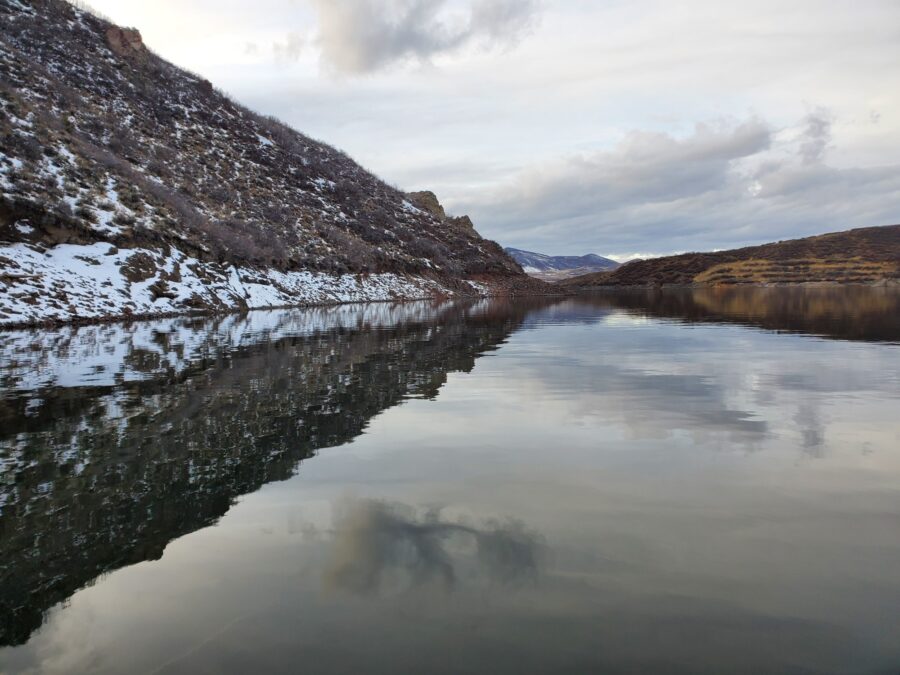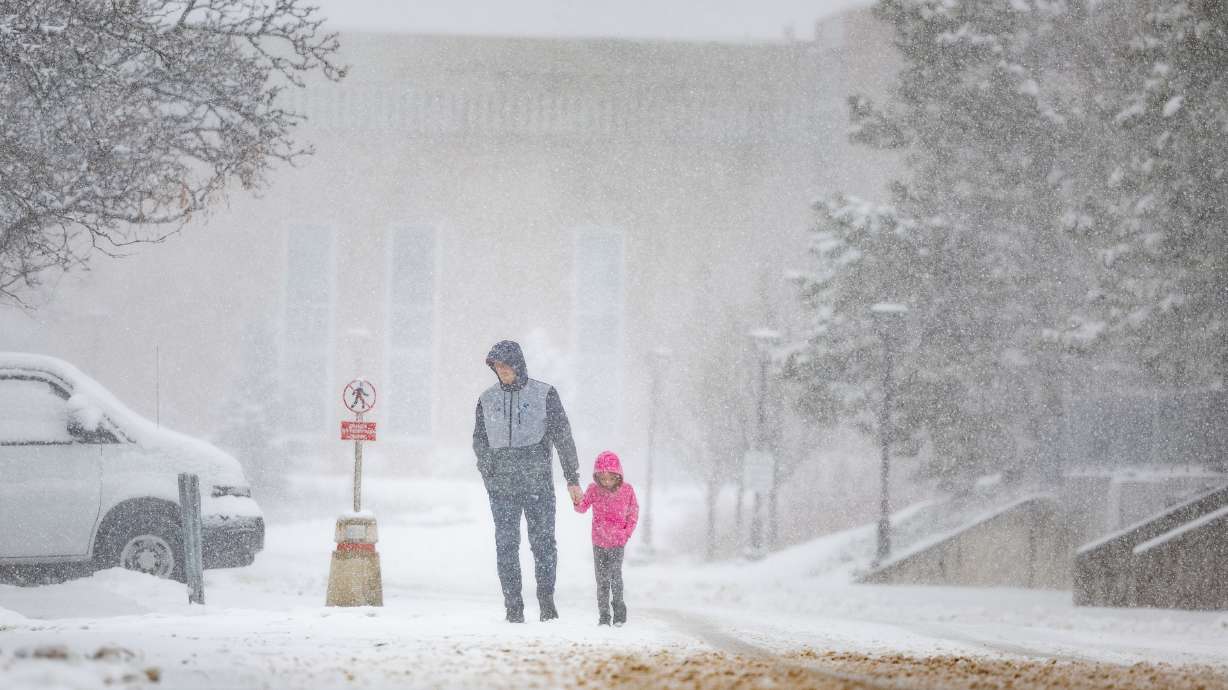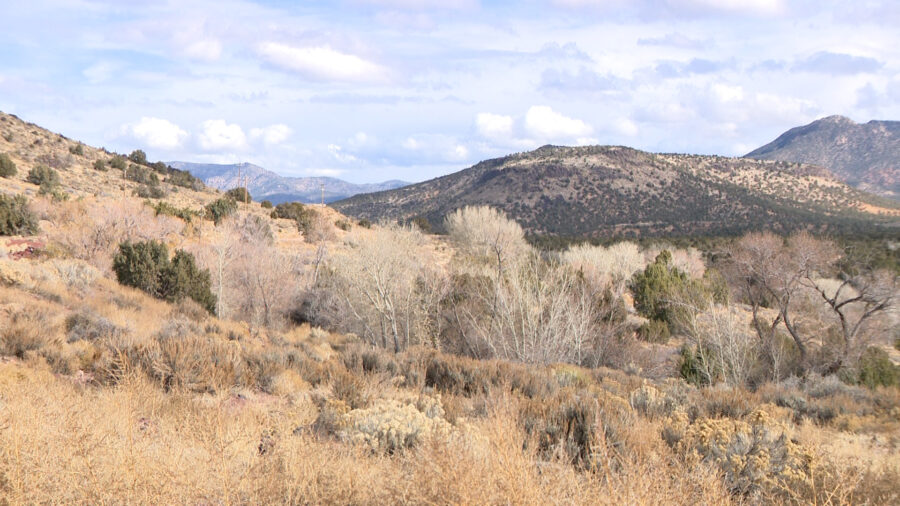Great Salt Lake Ties Record Low Level, Expected To Drop Even Lower
Jul 21, 2021, 10:03 AM
SALT LAKE CITY — The Great Salt Lake officially tied its lowest level in recorded history, which was set in 1963, and the Utah Division of Water Resources said it’s expected to drop even more over the coming days.
About half of the lake’s surface — nearly 750 square miles or roughly the size of Maui — is dry.
Experts say lowering lake levels aren’t just catastrophic for the wildlife and environment — it could be harmful to Utah’s air quality as well.
We’re near the Great Salt Lake this morning. This week, the GSL officially tied its lowest level in recorded history, which was set in 1963.
Scientists are demanding changes to keep levels from dropping even further. #KSLTV pic.twitter.com/tzsIEQtj8B— Tamara Vaifanua (@TamaraVaifanua) July 21, 2021
“This lake could become one of the largest dust emission sources in North America,” said Kevin Perry, an atmospheric scientist at the University of Utah. “The ecosystem itself is on the verge of collapse.”
Perry added the dirt exposed by falling lake levels contains harmful particles of naturally occurring arsenic that get kicked up into the air by winds.
The Great Salt Lake is now at it's historic low. Below is the "classic" analysis of major Great Salt Lake levels by Currey et al. (1984). Full document from @MarriottLibrary at https://t.co/mUsFGAhXKE pic.twitter.com/D7bYGV7v61
— Jim Steenburgh (@ProfessorPowder) July 21, 2021
The Great Salt Lake is also a critically important habitat for millions of birds and happens to be one of the largest breeding grounds for pelicans in the United States.
For now, expect to see lake levels keep falling for a few more months, and it usually doesn’t reach its yearly low until October.












